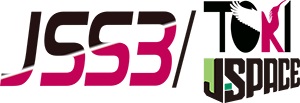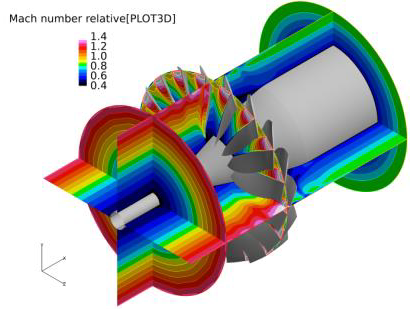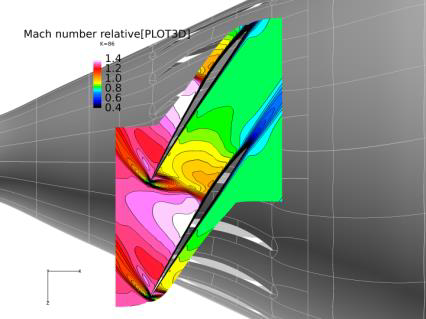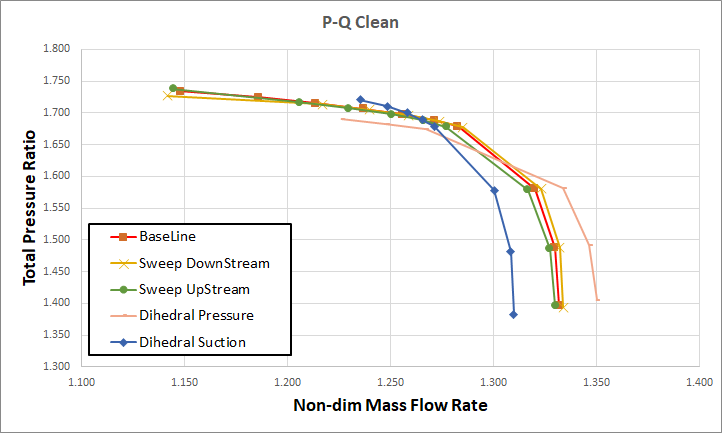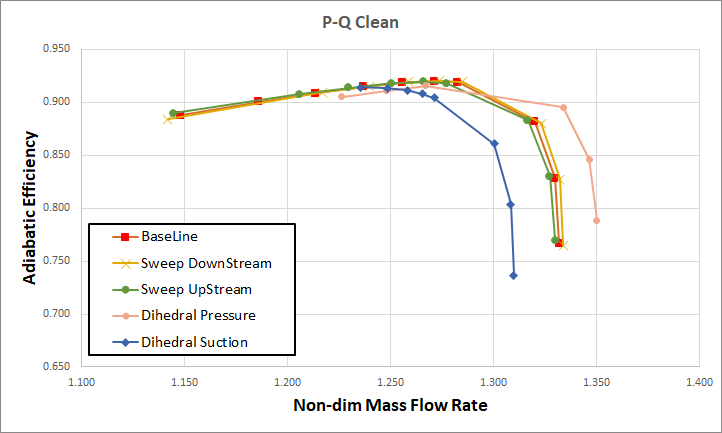Study of the Effect of Boundary Layer Ingestion (BLI) on Aircraft Propulsion / Distributed Propulsion Technology with Superconducting Motors
JAXA Supercomputer System Annual Report February 2022-January 2023
Report Number: R22EDA201P55
Subject Category: Aeronautical Technology
- Responsible Representative: Tatsuya Ishii, Aviation Technology Directorate, Aviation Environmental Sustainability Innovation Hub
- Contact Information: Keiichi Okai, Aeronautical Technology Directorate, Aviation Environmental Sustainability Innovation Hub(okai.keiichi@jaxa.jp)
- Members: Tomoya Kogirima, Kazuhisa Amemiya, Hirokazu Higashida, Kakeru Ando, Masahiro Kono, Junichi Kazawa, Keiichi Okai, Hideji Saiki
Abstract
In this study, evaluation of unsteady aerodynamics in aircraft fan under strongly distorted inflow condition simulating airframe/engine integration configuration with Boundary Layer Ingestion (BLI) benefit suited for future electric aircraft. Under these BLI conditions, aircraft fan suffers almost all the flight path strongly distorted inflow conditions, the present study investigates the fan flows in detail through the numerical simulations.
Reference URL
N/A
Reasons and benefits of using JAXA Supercomputer System
It is necessary to perform unsteady calculations around the full-annulas fan calculations. So the calculation cost is huge.
Achievements of the Year
To analyze the influence of boundary layer ingestion (BLI) to the fan rotor performance, sweep and dihedral blade shapes were applied to the fan rotor and the performance of sweep and dihedral shapes were compared with the base fan rotor blade.
Publications
N/A
Usage of JSS
Computational Information
- Process Parallelization Methods: MPI
- Thread Parallelization Methods: Automatic Parallelization
- Number of Processes: 240 – 576
- Elapsed Time per Case: 24 Hour(s)
JSS3 Resources Used
Fraction of Usage in Total Resources*1(%): 0.24
Details
Please refer to System Configuration of JSS3 for the system configuration and major specifications of JSS3.
| System Name | CPU Resources Used(Core x Hours) | Fraction of Usage*2(%) |
|---|---|---|
| TOKI-SORA | 3257848.55 | 0.14 |
| TOKI-ST | 45296.59 | 0.05 |
| TOKI-GP | 0.00 | 0.00 |
| TOKI-XM | 0.00 | 0.00 |
| TOKI-LM | 231369.49 | 15.50 |
| TOKI-TST | 1296.03 | 0.03 |
| TOKI-TGP | 0.00 | 0.00 |
| TOKI-TLM | 0.00 | 0.00 |
| File System Name | Storage Assigned(GiB) | Fraction of Usage*2(%) |
|---|---|---|
| /home | 1777.04 | 1.61 |
| /data and /data2 | 102555.11 | 0.79 |
| /ssd | 592.96 | 0.08 |
| Archiver Name | Storage Used(TiB) | Fraction of Usage*2(%) |
|---|---|---|
| J-SPACE | 0.13 | 0.00 |
*1: Fraction of Usage in Total Resources: Weighted average of three resource types (Computing, File System, and Archiver).
*2: Fraction of Usage:Percentage of usage relative to each resource used in one year.
ISV Software Licenses Used
| ISV Software Licenses Used(Hours) | Fraction of Usage*2(%) | |
|---|---|---|
| ISV Software Licenses(Total) | 6505.48 | 4.53 |
*2: Fraction of Usage:Percentage of usage relative to each resource used in one year.
JAXA Supercomputer System Annual Report February 2022-January 2023

